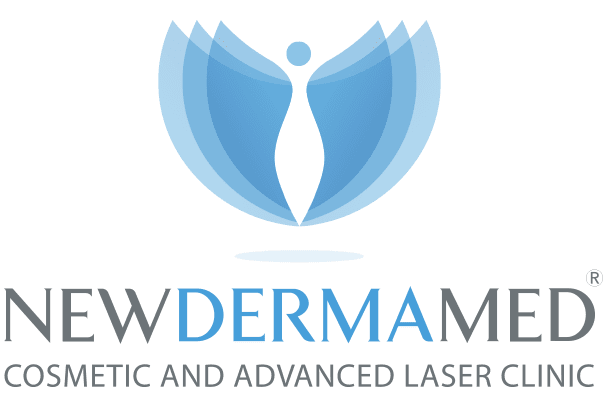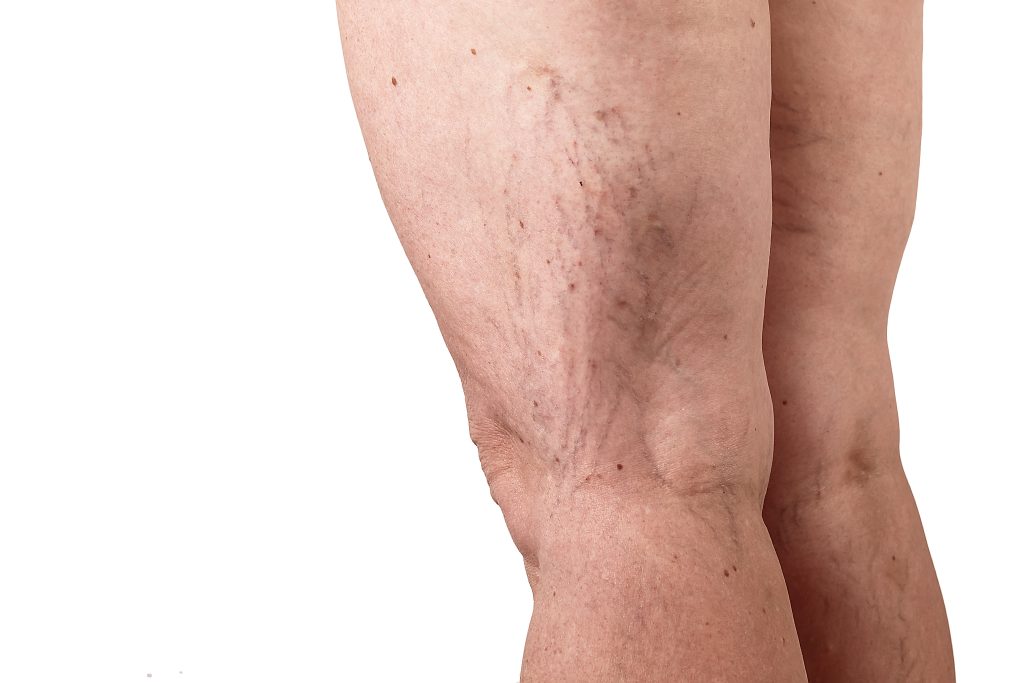
Understanding Varicose Veins
Varicose veins are more than just a cosmetic concern; they are a common medical condition where superficial veins, particularly in the legs, become twisted and enlarged. Affecting up to 20% of adults, these veins can lead to significant discomfort and complications if left untreated. While they are prevalent in both men and women, women are slightly more prone to developing varicose veins, with a 60:40 ratio compared to men.
What Causes Varicose Veins?
The primary cause of varicose veins is the malfunction of small valves within the veins. These valves are designed to keep blood flowing toward the heart and prevent it from pooling in the veins. However, when these valves weaken or become damaged, blood can flow backward, causing the veins to swell and twist. The condition is particularly common in the legs due to the increased pressure from standing and walking.
Several factors increase the risk of developing varicose veins:
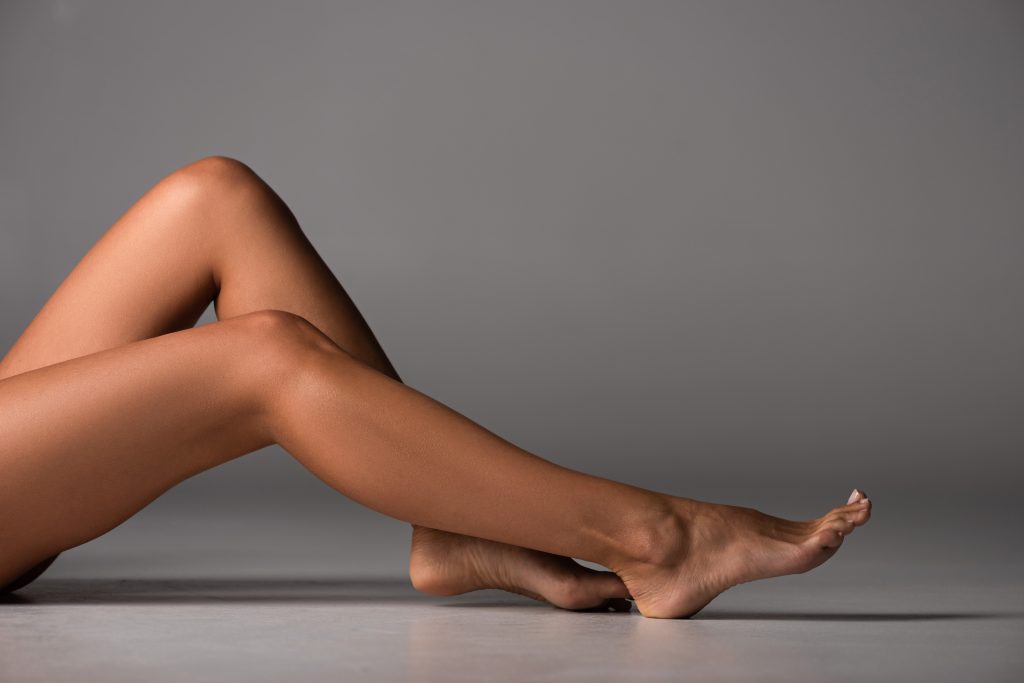
Genetics
- If you have a family history of varicose veins, you are more likely to develop them due to inherited weaknesses in the vein walls or valves. These genetic factors can make your veins more prone to malfunction, leading to the development of varicose veins over time. Being aware of your family history can help you take preventive measures early on.
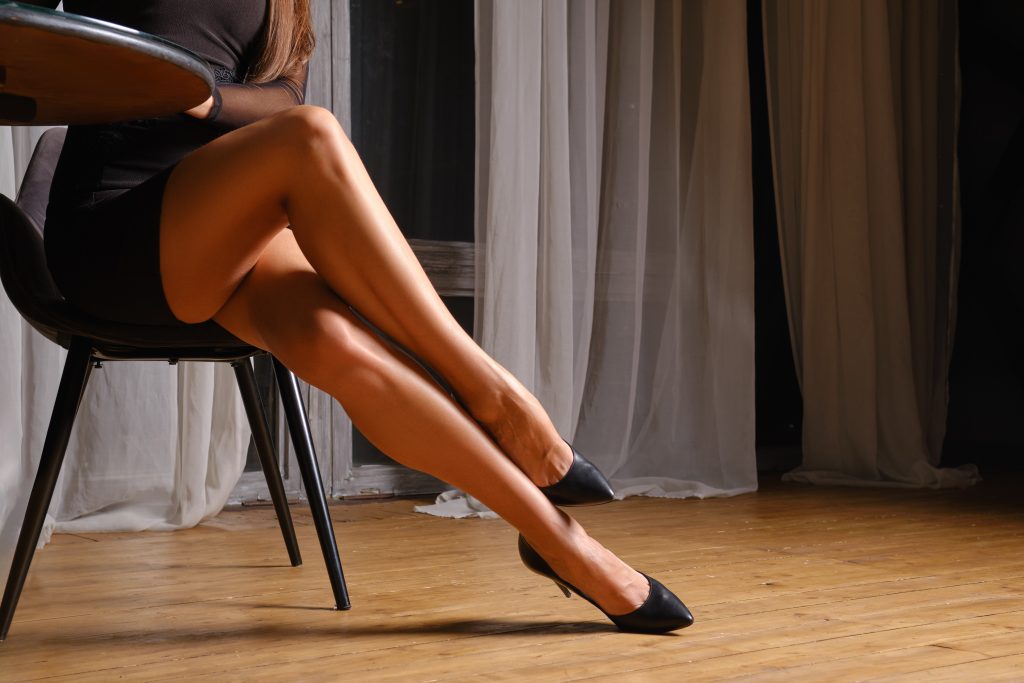
Pregnancy
- During pregnancy, the growing fetus puts additional pressure on the veins in the lower body, particularly in the legs. This increased pressure can impede blood flow back to the heart, causing veins to swell and twist, leading to varicose veins. Hormonal changes during pregnancy can also relax vein walls, further contributing to this condition.
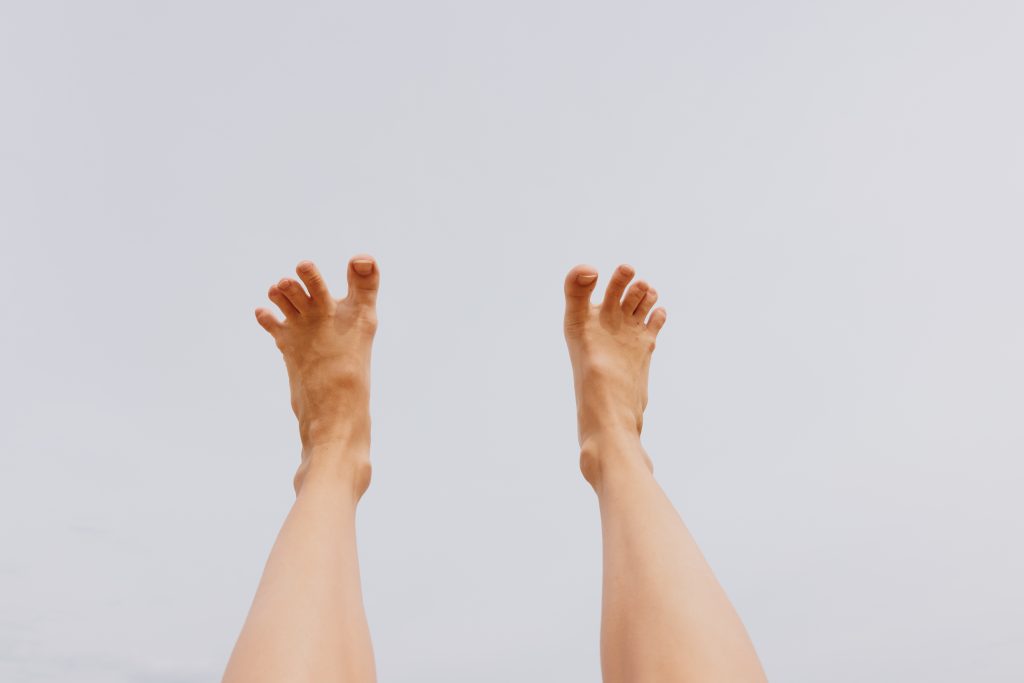
Obesity
- Carrying excess weight places added strain on your veins, particularly in the lower body, making it harder for blood to flow back to the heart. The increased pressure can cause veins to expand and weaken over time, leading to varicose veins. Maintaining a healthy weight can help reduce this strain and lower your risk of developing vein issues.
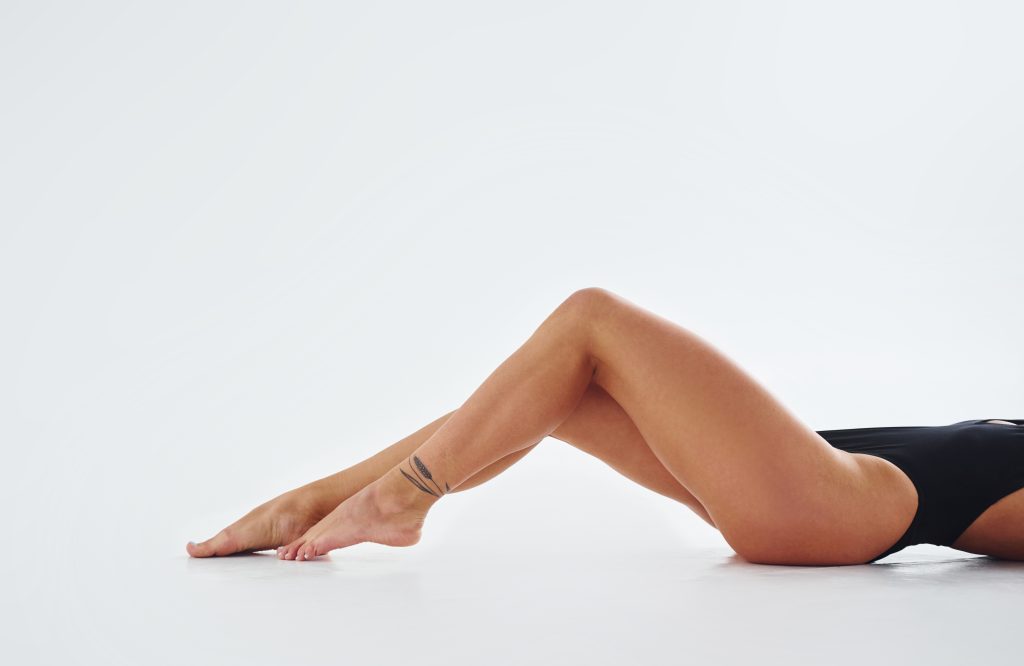
Hormones
- Hormones, especially those associated with birth control pills or hormone replacement therapy, can relax the vein walls, making it more difficult for blood to circulate effectively. This relaxation of the veins can contribute to the development of varicose veins by allowing blood to pool in the legs. Understanding the impact of hormonal changes can help in managing and preventing vein problems.
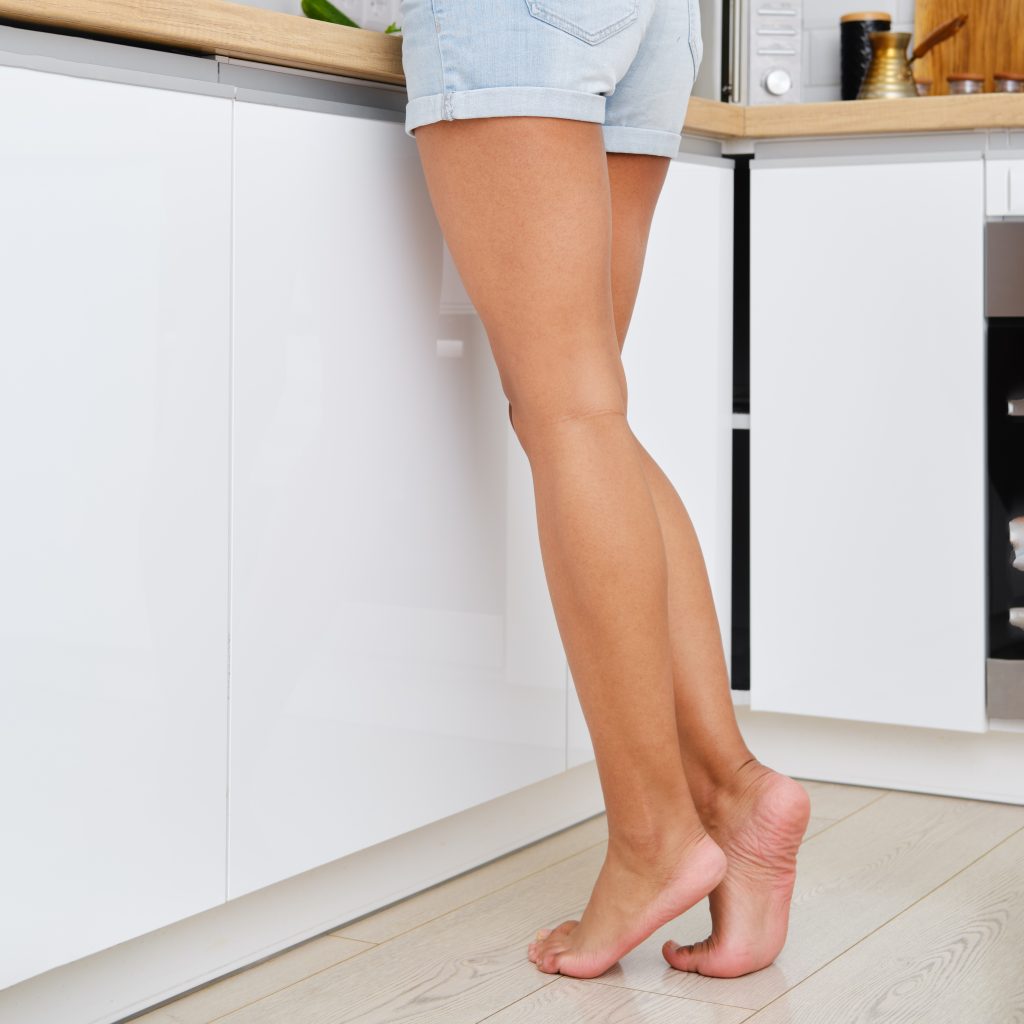
Aging
- As we age, our veins, along with their valves and walls, naturally weaken, making them more susceptible to damage. This weakening can lead to blood pooling in the veins, causing them to become varicose over time. Age-related changes in circulation and vein health are common, making older adults more prone to developing varicose veins.
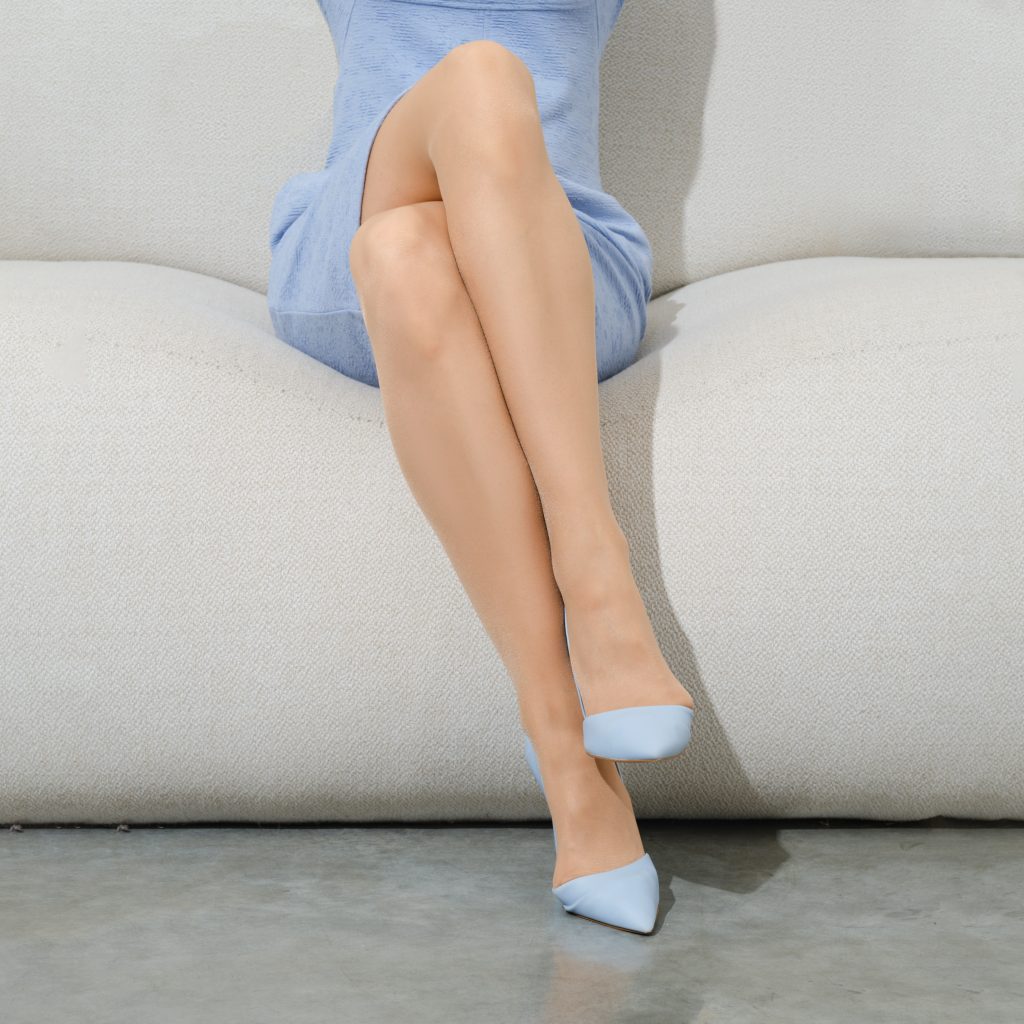
Prolonged Standing
- Standing for extended periods increases pressure in the leg veins, as the blood must work against gravity to return to the heart. This sustained pressure can weaken vein walls and valves, leading to the development of varicose veins. Taking breaks to sit or elevate your legs can help alleviate this pressure and reduce the risk of varicose veins.
Recognizing the Symptoms
Varicose veins can present a range of symptoms, from mild to severe
Treatment Options for Varicose Veins
While self-care measures can help manage symptoms and slow the progression of varicose veins, they may not be enough for everyone. If your condition is more severe, it may be time to consider professional treatment. At our clinic, we offer a range of advanced treatment options tailored to your specific needs:
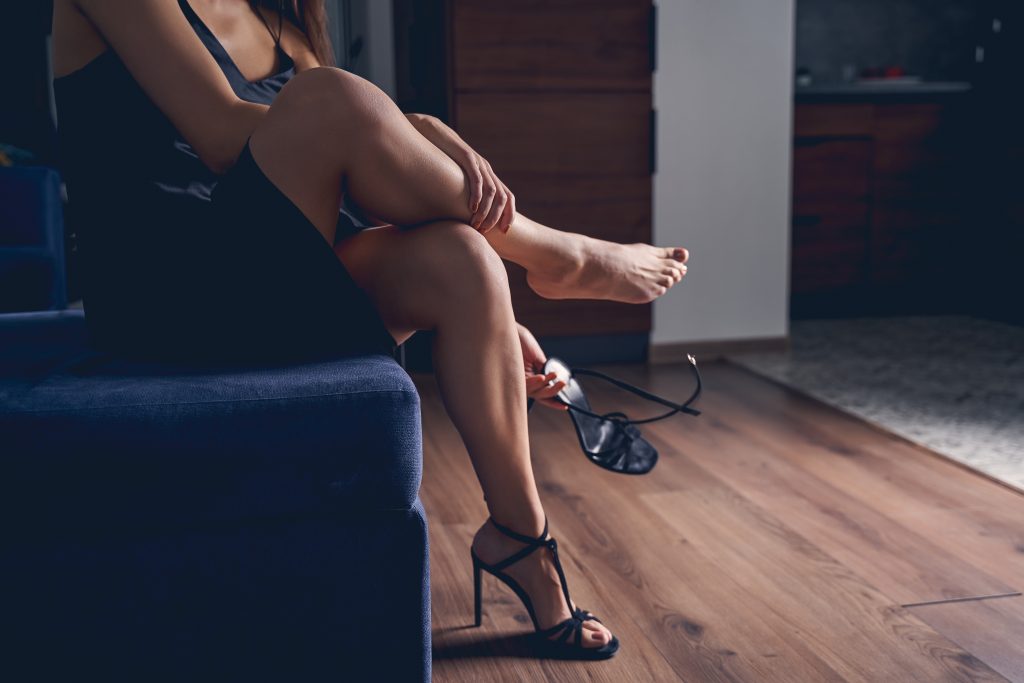
Radiofrequency Ablation (RFA)
- RFA is a minimally invasive procedure that uses radiofrequency energy to heat and seal the affected vein from the inside. By inserting a thin catheter, the targeted energy causes the vein walls to collapse, effectively closing the vein. This treatment is highly effective in reducing varicose vein symptoms and has a quick recovery time with minimal discomfort.
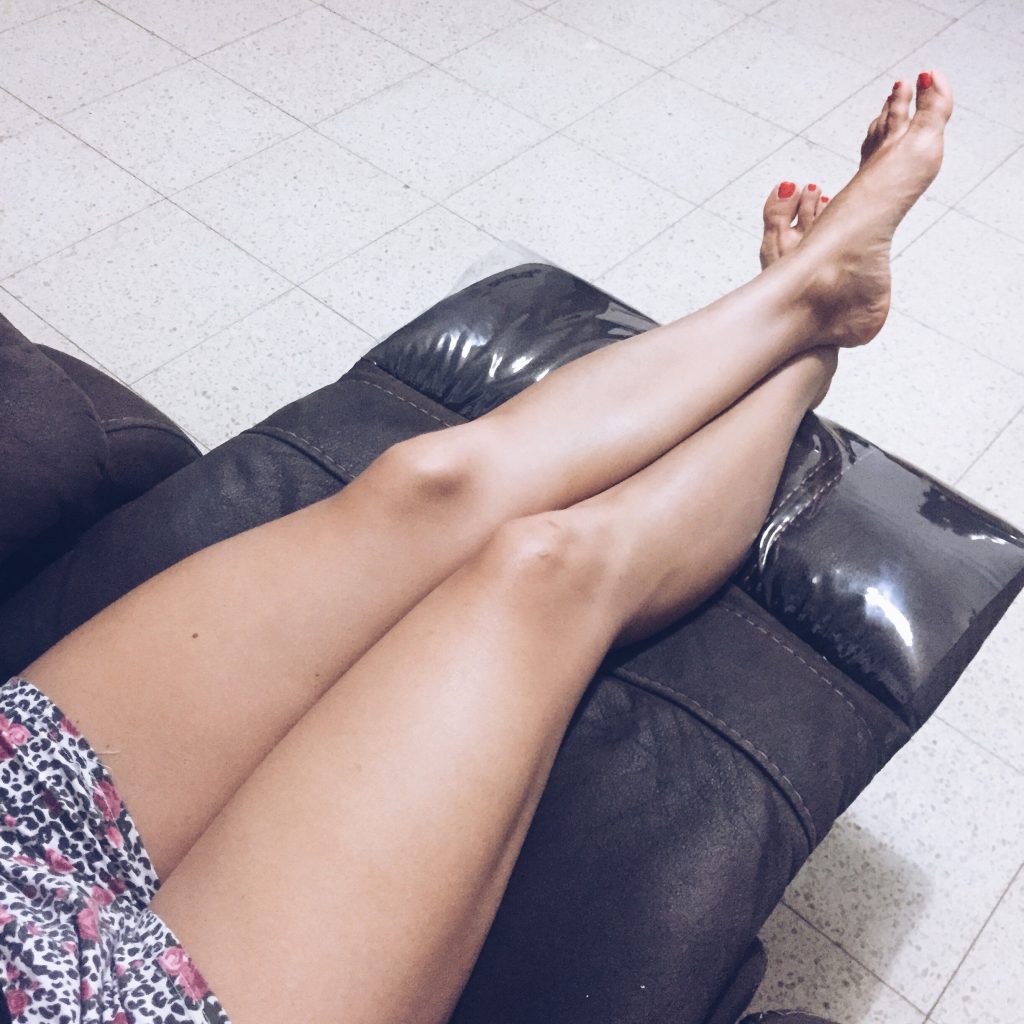
VenaSeal
- VenaSeal is a non-thermal treatment that uses a medical adhesive to close off affected veins, rerouting blood to healthier veins. This method avoids the need for heat or large incisions, reducing the risk of nerve damage and minimizing bruising. The procedure is quick and usually requires no downtime, making it an efficient option for vein treatment.
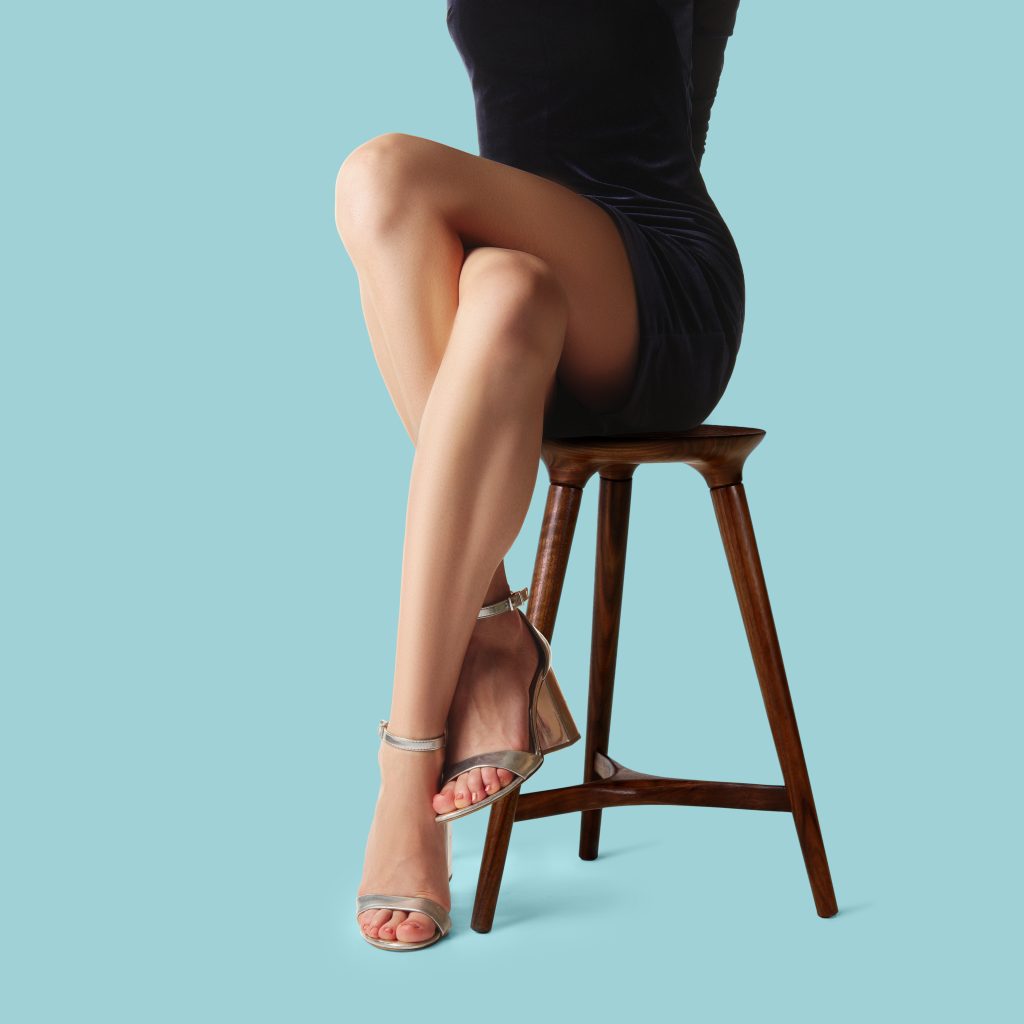
Endovenous Laser Treatment (EVLT)
- EVLT uses laser energy delivered through a thin fiber inserted into the vein, which heats and closes the vein. The laser treatment is effective for larger varicose veins and involves a minimally invasive procedure under local anesthesia. Patients typically experience a fast recovery, with significant symptom relief and minimal side effects.
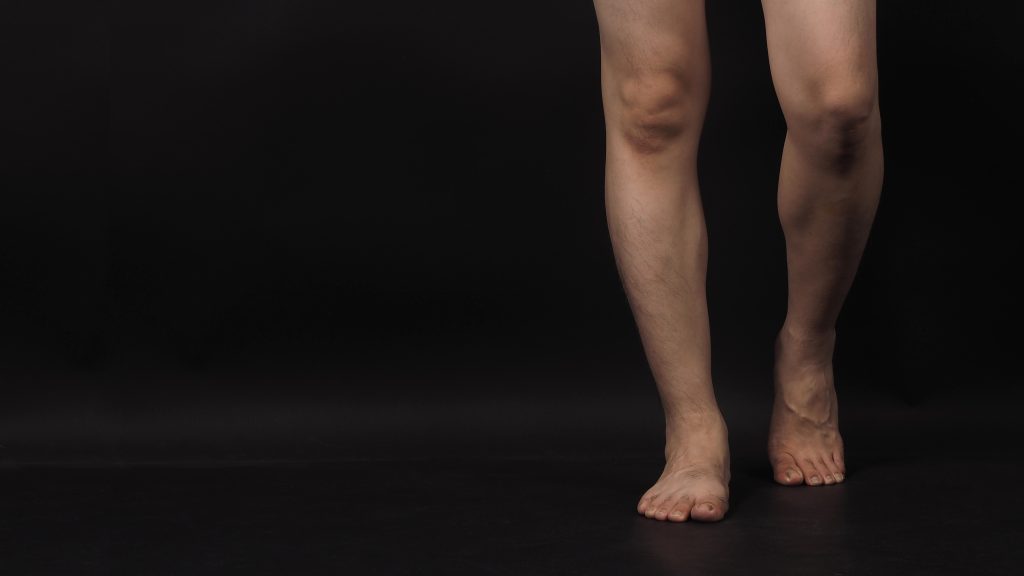
Sclerotherapy
- Sclerotherapy involves injecting a solution into small varicose or spider veins, causing them to scar and eventually fade. The procedure is effective for treating smaller veins and can be repeated for optimal results. It requires little to no downtime, making it a convenient choice for those looking to improve the appearance of their veins.
Managing and Preventing Varicose Veins
Preventing varicose veins, or at least slowing their development, involves making healthy lifestyle changes:
Exercise Regularly:
Engaging in regular physical activity, such as walking, swimming, or cycling, helps improve blood circulation and strengthens your veins. Exercise promotes healthy blood flow, which reduces the likelihood of blood pooling in your veins and forming varicose veins. Incorporating regular movement into your daily routine can be a powerful tool in preventing vein-related issues.
Maintain a Healthy Weight:
Maintaining a healthy weight is crucial because excess body weight places additional pressure on your veins, particularly in the lower body. Reducing this unnecessary strain can help prevent the weakening of vein walls and valves, which is a common cause of varicose veins. A balanced diet combined with regular exercise supports both weight management and overall vein health.
Elevate Your Legs:
Elevating your legs above the level of your heart for several minutes each day can help promote healthy blood circulation back to the heart. This simple practice reduces the pressure in your leg veins, making it easier for blood to flow without pooling, which is a major factor in the development of varicose veins. Incorporating leg elevation into your routine, especially after long periods of standing or sitting, can significantly reduce your risk of vein problems.
Avoid Prolonged Sitting or Standing:
Sitting or standing in the same position for extended periods can lead to poor circulation and increased pressure in the leg veins. To prevent this, it’s important to take regular breaks to move around, stretch, and promote better blood flow throughout your body. Simple changes in daily habits, such as walking around every hour or performing leg stretches, can go a long way in preventing varicose veins.
VenaSeal
TBD with surgeon
RadioFrequency Ablation
TBD with surgeon
Endovenous Laser Treatment
TBD with surgeon
Vascular Surgeon Consultation fee
Consultation Fee $150
